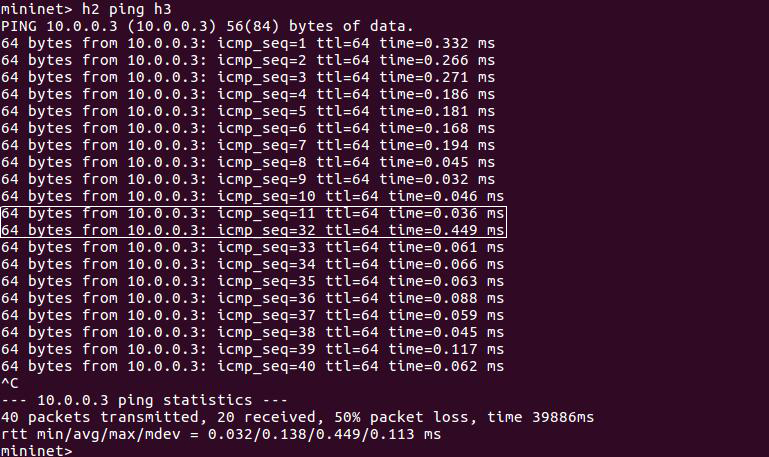1.安装
安装ODL后安装插件
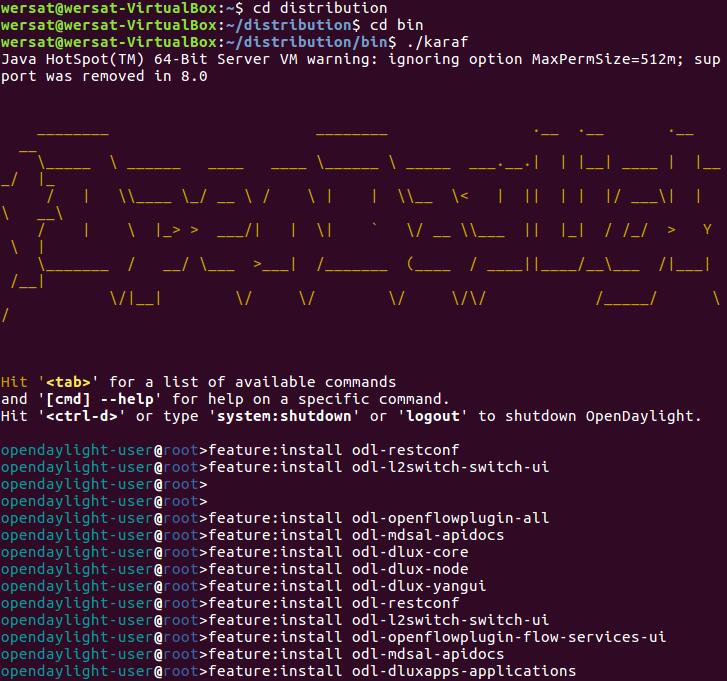
2.3用Python脚本搭建如下拓扑,连接OpenDayLight控制器
拓扑如图:
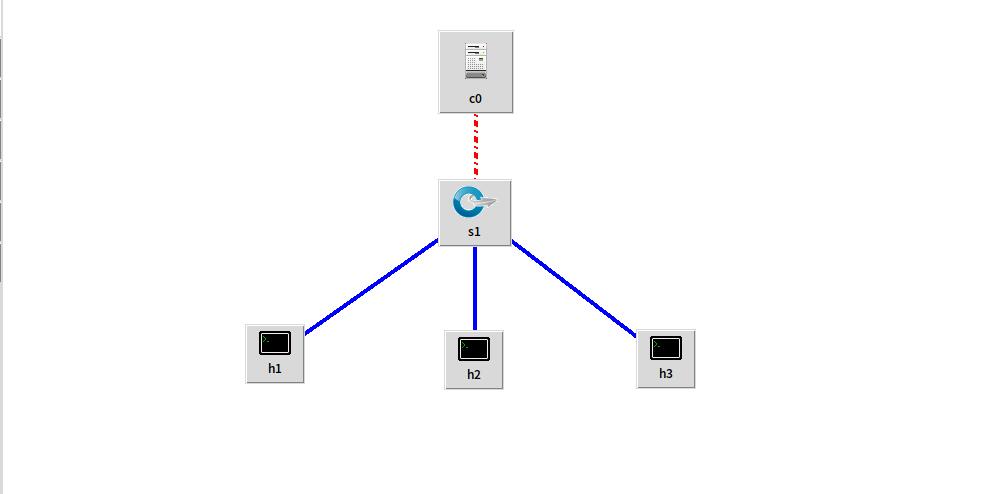
Python代码:
from mininet.topo import Topo
class Mytopo(Topo):
def __init__(self):
Topo.__init__(self)
sw=self.addSwitch('s1')
count=1
for i in range(3):
host = self.addHost('h{}'.format(count))
self.addLink(host,sw,1,count)
count = count + 1
topos = {'mytopo': (lambda:Mytopo())}
搭建拓扑后输入pingall检测连通性,同时在控制器端查看拓扑图:

3.在控制器提供的WEB UI中下发流表使h2 20s内ping不通h3,20s后恢复
输入links,查看端口连通情况,可以看到h2连接交换机的2号端口

在Yang UI界面输入node、table和flow的id,进入端口设置为2,ethernet-type设置为0x0800,设置ipv4-march中的源地址为10.0.0.2/32,目标地址为10.0.0.3/32


instruction与action的order设置为0

时间延迟设置为20s,table的id设置为0,因为没有下发过其它流表所以优先级暂时不设置

开始h2 ping h3后下发流表,查看连通断开与恢复的情况,可以看到第40秒开始,中断了20秒,然后才恢复通讯

4.借助Postman通过OpenDayLight的北向接口下发流表,再利用OpenDayLight北向接口查看已下发的流表
在DLUX界面中点击预览,复制代码
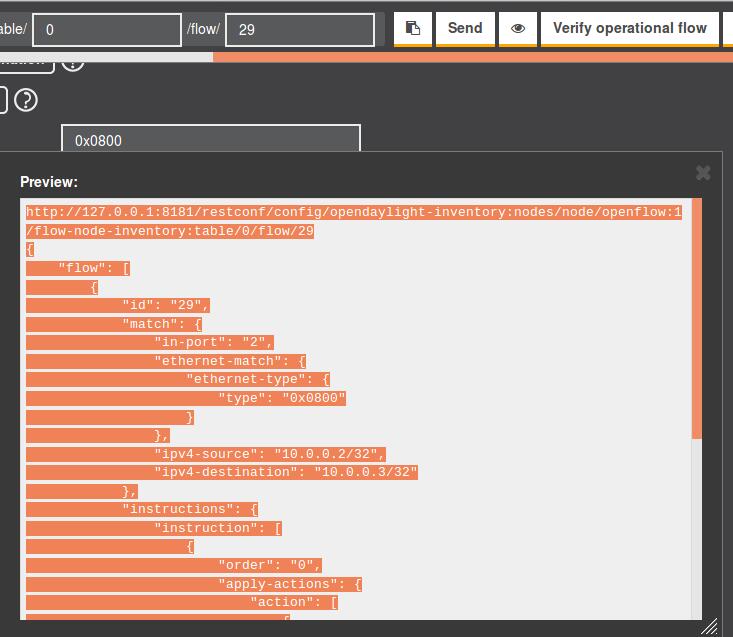
关闭DLUX界面,但保留ODL开启,打开Postman,输入账号密码授权,再写入URL与代码后,实现调用ODL接口

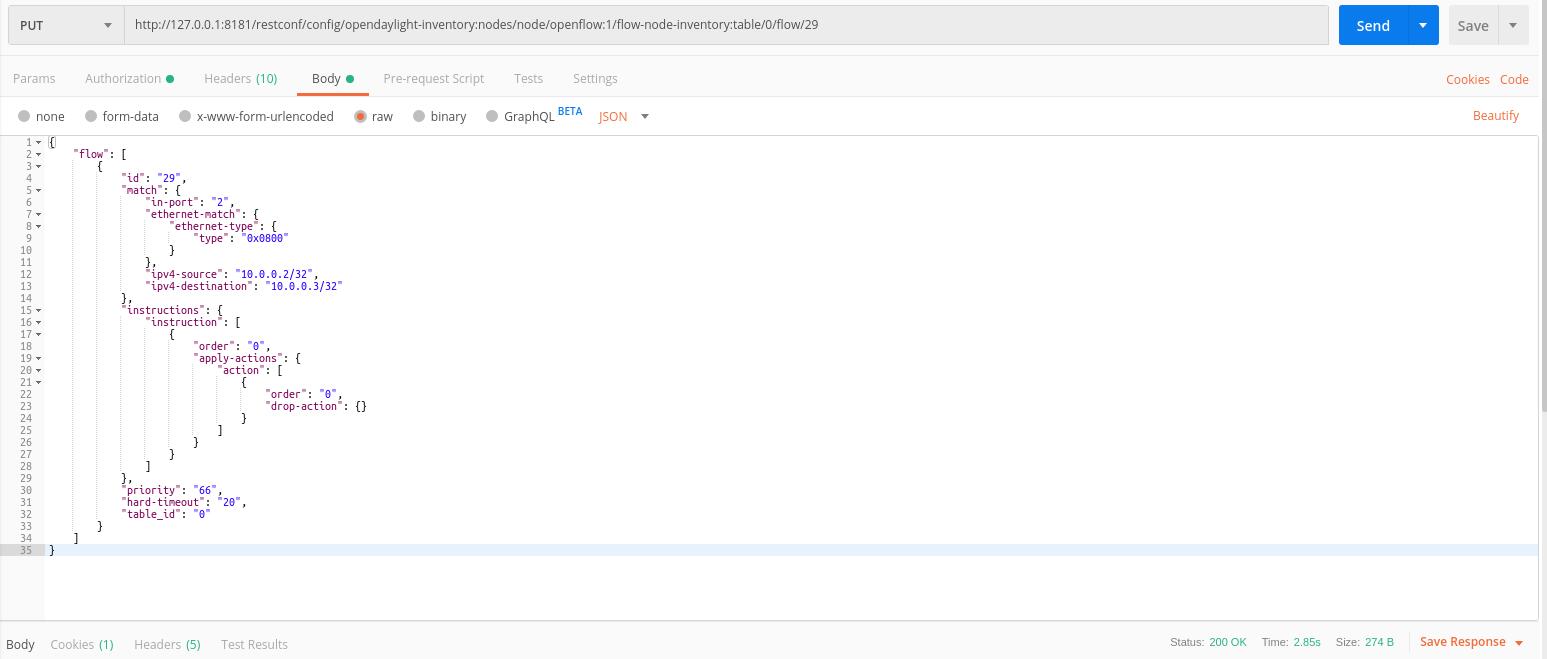
预览如下:
{
"flow": [
{
"id": "29",
"match": {
"in-port": "2",
"ethernet-match": {
"ethernet-type": {
"type": "0x0800"
}
},
"ipv4-source": "10.0.0.2/32",
"ipv4-destination": "10.0.0.3/32"
},
"instructions": {
"instruction": [
{
"order": "0",
"apply-actions": {
"action": [
{
"order": "0",
"drop-action": {}
}
]
}
}
]
},
"priority": "66",
"hard-timeout": "20",
"table_id": "0"
}
]
}
再次开始h2 ping h3 ,Postman下发流表,查看连通断开与恢复的情况,可以看到第11秒开始,中断了20秒,然后才恢复通讯
